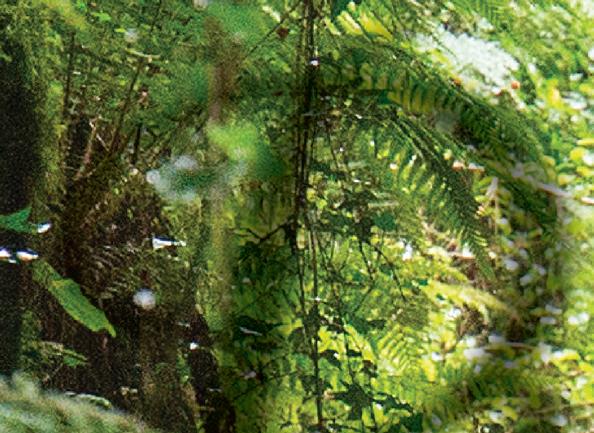
5 minute read
FEATURE
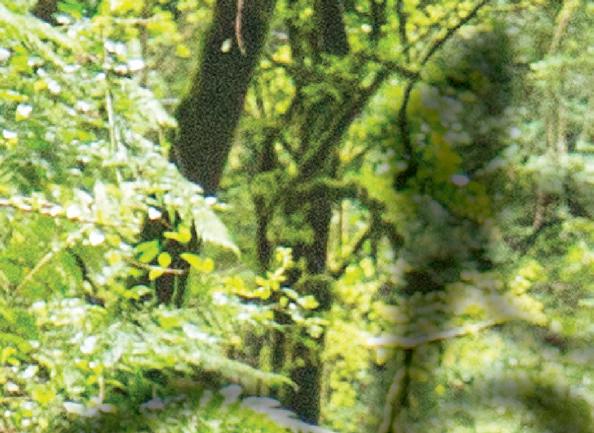

Gordon D’Arcy takes a trip along the Waterford Greenway to discover a place where adventureseekers, wildlife and nature can harmoniously share space.

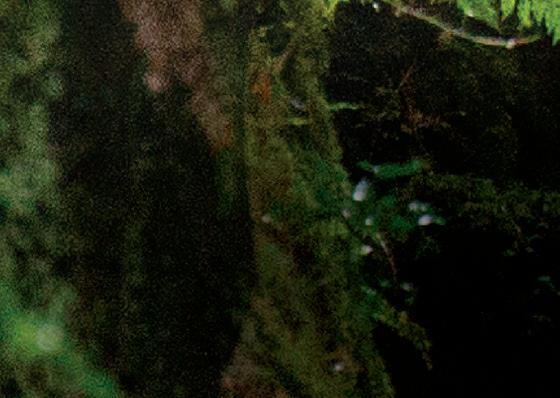


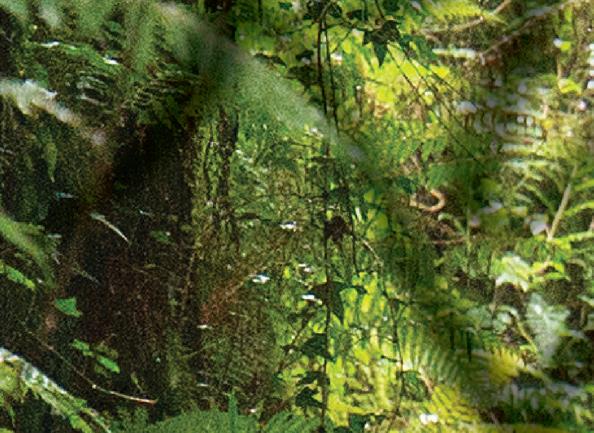
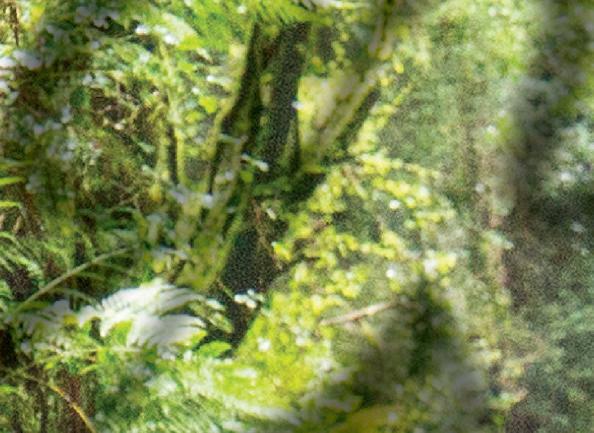




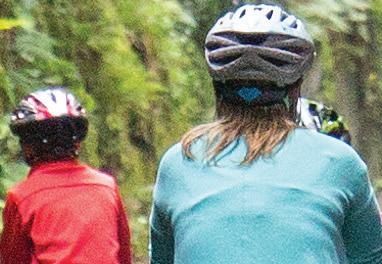

Achieving some sort of balance in the countryside is an existential challenge for decision-makers. Urban expansion is constantly threatening to overwhelm precious wild areas. Agricultural intensification demands more and more of our marginal land, harbours of biodiversity. The car culture transforms our infrastructure at the expense of the countryside’s quiet corners. Paradoxically, with increasing emphasis on healthy activity in the open air, undisturbed natural habitats frequently give way to recreational activity. Abandoned commonages, woodland copses, coastal dune-systems, accessible islets and overgrown riverbanks come under increasing pressure from a growing population motivated by outdoor pursuits. How refreshing, therefore, to come across an example where balance has undoubtedly been achieved. The 46km abandoned rail line extending from Waterford to Dungarvan is both recreationally satisfying for walkers and cyclists and ecologically rich.
It is also visually pleasing, as it tracks alongside the broad River Suir, past reed bed and fen, through mature woodland scrub and pasture to its terminus at the sleepy seaside town of Dungarvan. The two-hour cycle passes through interesting geological interfaces. Metamorphic schists of Palaeozoic volcanic origin dominate. But there is also Old Red Sandstone, and even some Carboniferous limestone, at the Dungarvan end. The mainly acidic rocks are noticeable at the several deep defiles through which the track runs.
As a sheltered corridor, largely unmodified and unaffected by pollution or chemical sprays, the Greenway is a natural paradise. The cycle-path is flanked on either side by swathes of wildflowers; banks of knee-high oxeye daisies extend for a hundred metres in places; golden hawkweed, dandelion and buttercups sit colourfully against the grey of the gravel while countless grasses – poas, fescues, bents – sway in the breeze, providing a subtle backdrop to the floral display. Occasional anomalies – metre-high yellow


flowered mullein, scarlet poppies, pink and white dog-rose and various orchids punctuate the array. A steep, rock-sided cut is festooned with spikes of navelwort and ferns of several species. In my leisurely transit, I could identify more than 30 plant species without getting off my bike.
In the sun-flooded windless stretches, pollinating insects engage in their focused business. Wasp-like hoverflies, bumble bees, day-flying moths and butterflies dance in the dappled light. As I pass, small, greenveined and wood whites exit from bramble-flowers like airborne petals, while meadow browns and speckled woods flutter near the leafy overhangs. At one point, a migrant painted lady springs up from the gravel followed closely by a banded agrion damselfly and a red and black cinnabar moth.
It is easy to see why Greenway cycling is so popular. There can be few more liberating activities. Freewheeling along, away from vehicular threat or open road pollution, directly engaged with the sights and sounds of abundant wildlife, is a treat indeed.
The Greenway is especially accommodating to birdsong. The verdant corridor possesses ideal acoustics, favouring both singer and listener. Robins, wrens, thrushes, blackbirds, chaffinches, goldfinches, goldcrests and wood pigeons are just some of the serenading birds. Four warbler species – willow warbler, chiff-chaff, blackcap, and sedge warbler – conduct their territorial declarations from their respective habitats. A fifth – a reed warbler – brought me to a halt at a small fen close by the track. This bird, a relative newcomer (a climate-change candidate), is now nesting in a number of localities in the south-west of Ireland. Hearing its distinctive song is one thing; catching sight of it amid dense reed cover is quite another. The birds weren’t limited to songsters either. Grey herons, pigeons and various crows flew up and out before the advancing bike, and a pair of buzzards soared majestically in wide circles high overhead.

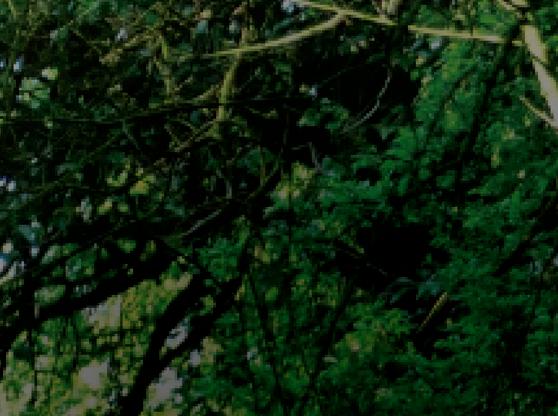



Understandably, mammals (other than occasional rabbits) kept their heads down. There is, however, one notable mammal residing adjacent to the Greenway. The Bilberry goat, a feral beast with a distinguished ancient pedigree, is found on rocky ground at the Waterford end. This stocky breed with its dense, shaggy-pile coat, gentle face and (often enormous) scimitar horns is nowadays regarded as an ancient “throwback”, thus significantly worthy of conservation. With the IWT involved in a campaign to protect the goats and their habitat from a proposed housing development, the future of the herd is more secure than before. Though I was not lucky enough to see the goats on the day, it is reassuring to know that they still survive. There are other signs of active conservation too. Judicious planting of hazel and birch to buffer the roar of motorway traffic in one or two places and signs referring to the invasive Japanese knotweed caught the eye as did a community wildflower meadow project on the approaches to Dungarvan.
For me, one particular feature on the Greenway exemplified the recreation/ conservation partnership: the “Pigeon Loft”, a tastefully restored coach-house café (an historic workhouse) located conveniently halfway along the route. Here, nesting swallows and swifts dash “freewheeling” around the rooftops, while tired cyclists relax before continuing on their Greenway migration.











